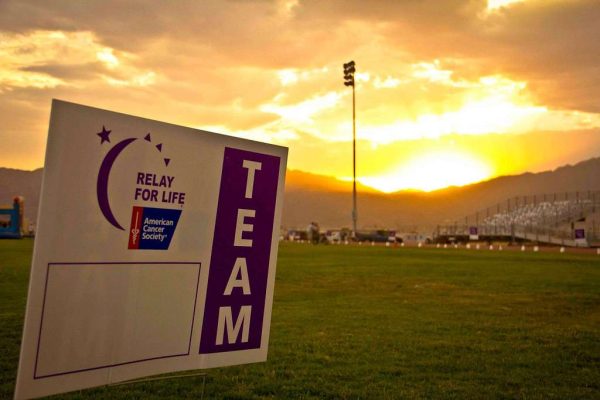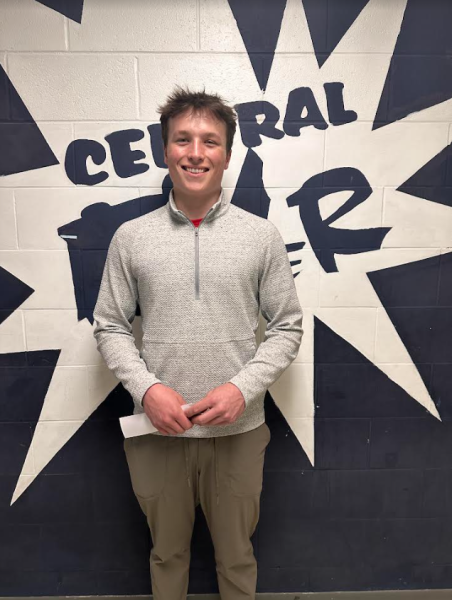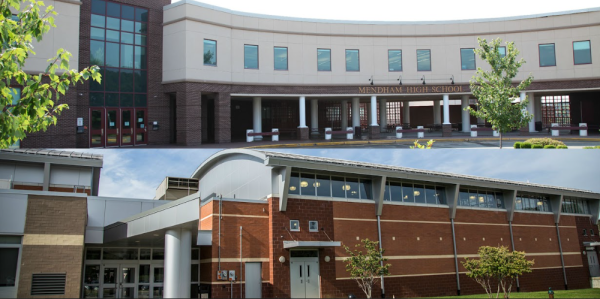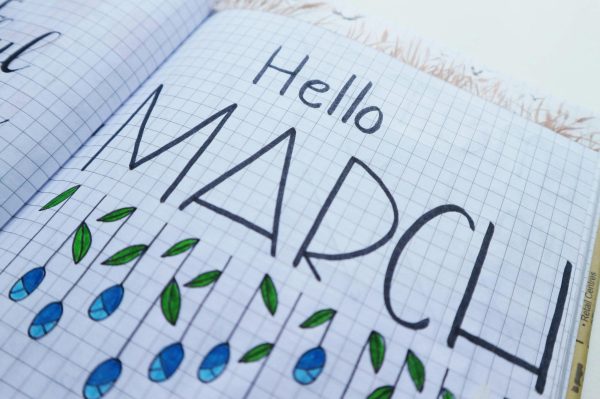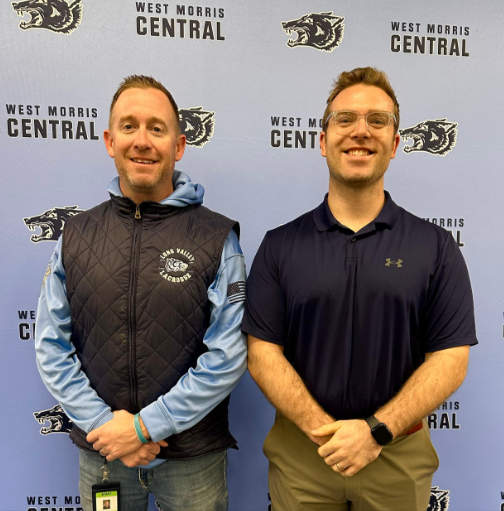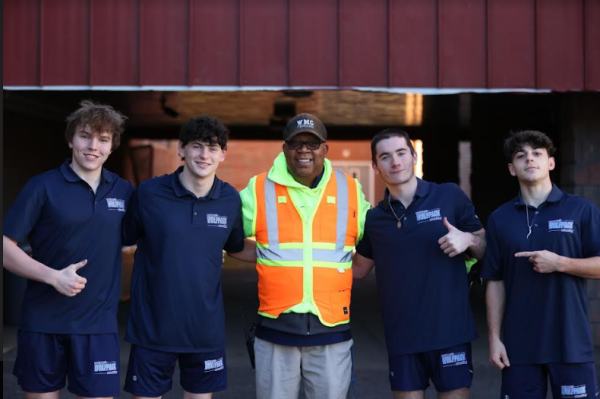The WMC Concert Band Returns!
Central starts a band new year of concerts.
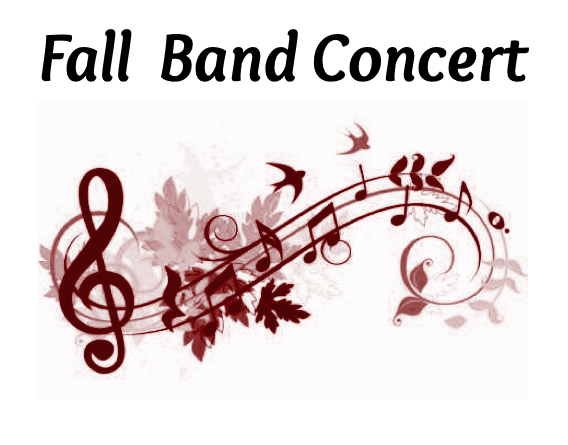
As the second marking period progresses, the music department here at Central has begun to kick into high gear. Students have their plates full with auditions, the fall play, and the myriad of concerts that are performed in the fall. This autumn is especially important, however, as WMC is coming out of the haze of COVID, where outdoor concerts and online rehearsals were the norm. Returning to the indoor, relatively normal concert season of the past was a breath of fresh air for band students, and that comfortable atmosphere was evident at their concert, which took place on the 18th of November.
The concert was opened by a performance of “Darklands March” by Randall Standridge, who also composed the WMC marching band’s show, Ritual. “Darklands March” is an unusual march as it is entirely in a minor key. Despite this difference, the piece still has other trademark march aspects like its upbeat tempo, marcato (with marked emphasis) articulations and an emphasis on the brass and percussion section. It was a strong, impressive piece to start off the concert with a bang.
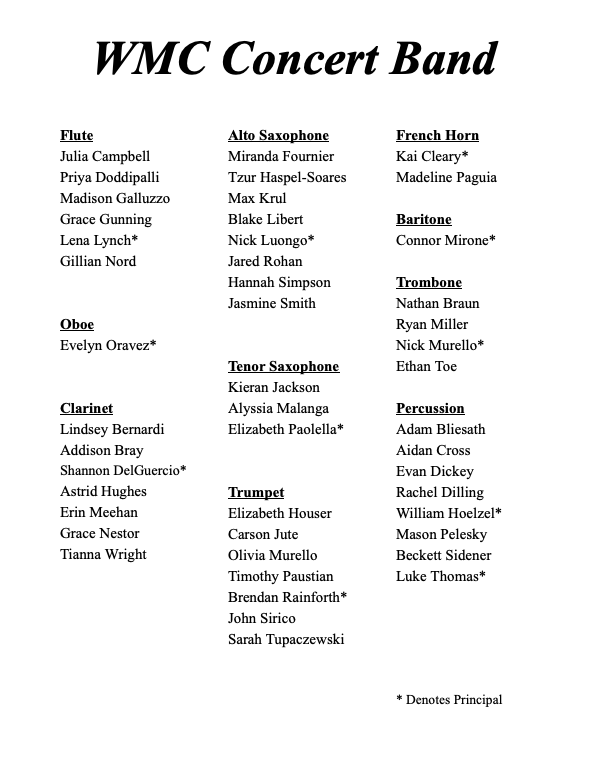
Afterwards came “A Song for Friends,” by Larry Daehn, a piece that offers significant contrast from “Darklands.” “A Song for Friends” is a softer, more choral-like arrangement that showcases the woodwinds more prominently. It’s shorter in length, but challenged band students to focus on phrasing and sounding like one cohesive band. The band practiced playing like a chamber group without a conductor in order to really hear each other. When it came to the actual concert, however, the piece was conducted by Mr. DeMelfi, the concert band’s student teacher. Mr. DeMelfi is currently engaged in a teaching program at Villanova University and is helping Mr. Gibbons this year with the band program. Mr. Gibbons attributed this piece “in honor of the friendships that band creates,” and that full, emotive sound was evident in the performance.
The third piece that the concert band performed was Waltz No. 2 by Dmitri Shostakovich, arranged for concert band. In the spring of 2020, while classes were online, the band voted on a bracket of 32 classical pieces of music. This assignment was designed to get students to listen to a wider variety of classical music, but also held an ulterior motive. Mr. Gibbons found a band arrangement of the winning piece, Waltz No. 2, to be performed at the band’s return to in-person concerts. This piece was very challenging for the band to play because of its speed, quick fingerings, and complex articulations, and also featured two soloists: Jared Rohan on alto saxophone and Nicholas Murello on trombone.
The fourth song on the roster was arguably the most narratively interesting piece that the band performed. “Phoenix,” composed by Tyler Arcari, describes the life cycle of a phoenix by utilizing contrasting dynamics and creative non-instrumental elements. “Phoenix” starts out light and airy, focusing on oboe and flute. The piece grows and grows, until the phoenix explodes into a plume of flame, characterized by music that has suddenly become very loud and very brass-heavy. Then the piece shifts into a much quieter sound, with an oboe solo played over the rest of the band, crinkling water bottles to create an ember-like effect. Here, the phoenix is regenerating, slowly and softly coming back to life. Finally, the piece returns to its former glory, keeping an upbeat tempo and strong forte volume to close it out. This piece was difficult for the band, as there were many moving pieces which had to be coordinated and meshed together cohesively, but their hard work paid off during the concert to create a beautiful story of a piece. “Phoenix” featured Evelyn Oravez on oboe and Astrid Hughes on clarinet.
The night’s penultimate piece was “The Bonsai Tree,” a Japan-inspired composition by Julie Giroux. This piece was inspired by a specific bonsai tree, the Sandai-Shogun-No Matsu, one of the 7 treasures of Japan and a tree which has been passed down through generations of Japanese emperors for over 500 years. The piece included characteristics of traditional Japanese music, including a focus on percussion and wind instruments that acted as representations of natural elements like the wind, and an emphasis on silence to contrast the sparse rhythms. In this piece especially, the mallet percussion and flute section were featured extensively.
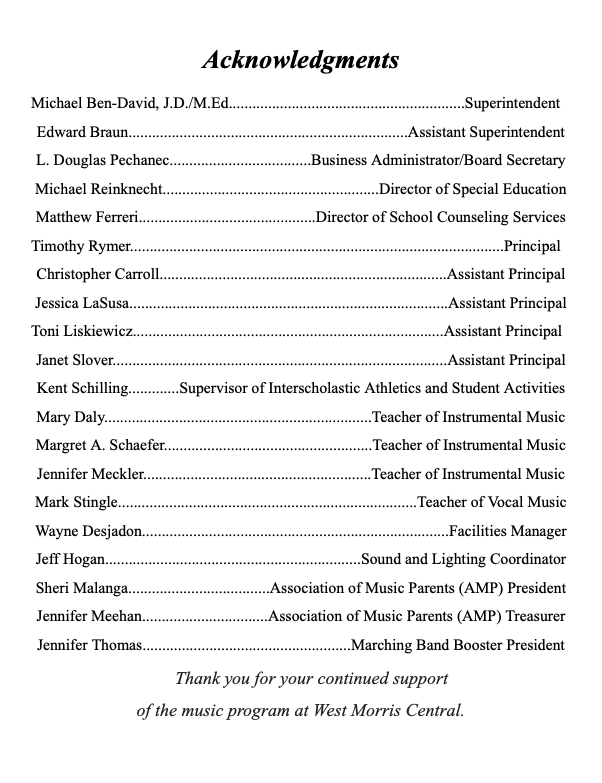
Finally, to close out the night, Mr. Gibbons chose “The Great Locomotive Chase” by Robert W. Smith. The band was planning to play this piece in spring of 2020, but was unable to perform it as COVID sent everyone virtual. The band as a whole greatly enjoyed this piece so much that Mr. Gibbons brought it back as the concert finale. This piece transforms the band into a steam locomotive, barreling through the auditorium. The flutes become train whistles, the fast melodies and dynamics create the illusion of a train passing through, and the grimy brass phrases truly create the image of a fast-moving, powerful locomotive. Mr. Gibbons also invited the president and treasurer of AMP (the Association of Music Parents) onto the stage to accompany the band on train whistles. It was a fun and melodically interesting experience for both the band to play and the audience to hear. This final piece also featured a multitude of soloists: Lena Lynch on flute, Shannon DelGuercio on clarinet, Brendan Rainforth on trumpet, Kai Cleary on French horn, Evelyn Oravez on oboe, and Connor Mirone on baritone.
This concert brought back the band from COVID times, and the school community will hopefully be seeing (and hearing) more from Mr. Gibbons and his students in the months to come!
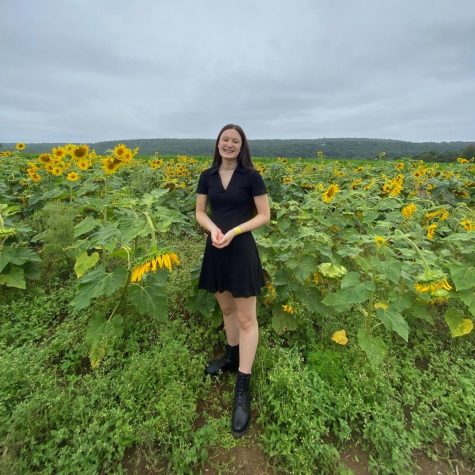
Evelyn is a senior and Journalism III student this year, and is one of The Paw's editors-in-chief for two years running! This year she is excited about...

